Kyoto is not just about temples and geishas – it’s also a foodie’s paradise with a centuries-old culinary tradition! Join us as we explore the vibrant food scene of this enchanting city, where Kyoto cuisine takes center stage. We’ll savor the delicate flavors of Kyo-ryori, the traditional cuisine that celebrates the seasons. From hidden gems to bustling markets, Kyoto offers a delicious adventure for every palate. Whether you’re a seasoned foodie or simply curious about Japanese cuisine, Kyoto will surprise and delight you, proving why its culinary heritage is truly unique.
About Kyoto and Kyoto cuisine
About Kyoto
Kyoto Prefecture, nestled in the heart of Japan, boasts a diverse geography. The northern Tango region borders the Sea of Japan, while the prefecture stretches from north to south, divided by the Tanba Mountains into distinct climate zones: the Japan Sea climate and the inland climate.
In 794, Emperor Kanmu moved the capital to Heian-kyo, present-day Kyoto City. This pivotal decision transformed Kyoto into a thriving political, cultural, and religious center. The emperor also ordered the development of both land and water transportation networks, establishing bases in Otsu on Lake Biwa and Yamazaki on the Yodo River. This infrastructure facilitated the flow of diverse cultures and goods into Kyoto, which blended with the local culture of court nobles, samurai, and monks. This dynamic fusion laid the groundwork for the unique character of modern-day Kyoto Prefecture.
Kyoto cuisine: A Culinary Art Refined by Dining Culture
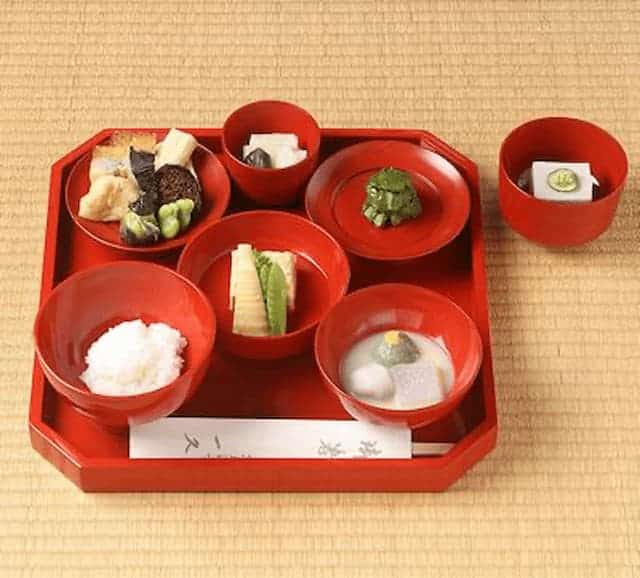


Kyoto’s unique cultural influences nurtured and evolved Kyo-ryori (Kyoto cuisine). At its heart lie five distinct culinary styles, collectively known as “Go-Taikei” (Five Systems).
These styles encompass “Daikyo-ryori,” a banquet cuisine born from courtly rituals; “Shojin-ryori,” a vegetarian cuisine rooted in religious practices; “Honzen-ryori,” served at samurai gatherings; “Kaiseki-ryori,” which gained popularity through tea ceremonies; and “Yusoku-ryori,” the elegant palace-style cuisine enjoyed by the elite. These traditional techniques, passed down through generations, continue to delight diners at traditional Japanese restaurants (ryotei) and casual Japanese eateries (kappo).
During the Middle Ages, only a few regions in Japan, like Kamakura, Nara, and Kyoto, functioned as urban centers.Kyoto’s court nobles, merchants, and the temples and shrines they supported fueled these food cultures. The city’s central location and its status as a cultural hub further enriched Kyo-ryori, drawing in diverse cooking techniques and ingredients from across the country. Kyoto’s flourishing traditional industries also played a role, with cottage industries supporting the development of caterers (“shidashi-ya”) who provided meals for their workers. Thus, Kyoto has long thrived as a city of dining out and prepared meals.
Kyo-ryori’s evolution extended beyond the nobility and samurai. Diverse food cultures flourished throughout the region,resulting in a wide array of local dishes. For example, Kyoto City and its surroundings boast specialties like “white miso zoni” (New Year’s soup), “barazushi” (pressed sushi), simmered dishes with local peppers and dried sardines, and bamboo shoots seasoned with sansho pepper buds. These regional dishes showcase the multifaceted character of Kyoto, reflecting its connection to the sea, forests, and tea traditions.
The Five Pillars of Kyoto Cuisine
Daikyo-ryori
Daikyo-ryori is the grand cuisine of the imperial court, developed within the refined social circles of the nobility. It emphasizes precise cutting techniques, specific measurements, and meticulous presentation. Dishes are often served unseasoned, allowing diners to personalize their flavors with vinegar, salt, soy sauce, or other condiments.
Shojin-ryori
Shojin-ryori, born within the Zen Buddhist temples, is a vegetarian cuisine that elevates simple ingredients to culinary masterpieces. Rooted in religious dietary restrictions, it showcases the versatility of vegetables and plant-based proteins like tofu and wheat gluten. The development of simmered dishes in Shojin-ryori paved the way for the widespread use of dashi (broth) in Japanese cooking.
Click here to find out more.
Honzen-ryori
Honzen-ryori is the formal cuisine of the samurai class, steeped in ceremonial traditions. It features a structured sequence of dishes and drinks, often accompanied by symbolic rituals. Honzen-ryori places a strong emphasis on visual presentation, with elaborate arrangements of dishes overflowing with food as a symbol of hospitality.
Kaiseki-ryori
Kaiseki-ryori evolved from the tea ceremony tradition, embracing the principles of wabi-sabi (finding beauty in imperfection and impermanence). It is characterized by its focus on seasonal ingredients, artistic presentation, and the use of beautiful tableware. Dishes are often served one at a time, allowing guests to savor each unique flavor and appreciate the harmony between food and its surroundings.
Find out its history here.
Obanzai
Obanzai, meaning “everyday dishes,” represents the heart and soul of Kyoto home cooking. These simple yet flavorful dishes often feature seasonal vegetables and local ingredients, reflecting the culinary traditions of Kyoto’s neighborhoods and families. Obanzai is a testament to the resourcefulness of Kyoto’s home cooks, who transform humble ingredients into delicious and nourishing meals.
How to prepare Obanzai?
Four seasons of Kyoto cuisine
Kyoto’s culinary landscape is a living testament to the beauty of Japan’s four distinct seasons. With each changing season, a new array of colors, textures, and flavors emerges, creating a dining experience that delights the senses and celebrates nature.
Spring: When Flavors Awaken
As winter retreats and cherry blossoms grace Kyoto with their delicate pink hues, the city’s cuisine comes alive with the vibrant flavors of spring. Bamboo shoots, a beloved spring ingredient, take center stage in dishes like takenoko gohan (bamboo rice), where they’re simmered with rice, savory broth, and often other spring vegetables like bracken and royal fern. The delicate sweetness and earthy aroma of bamboo shoots perfectly capture the spirit of renewal that defines the season.
Summer: A Refreshing Culinary Escape
When summer’s heat descends upon Kyoto, chefs turn to the ocean for inspiration. Pike conger eel (hamo), a prized summer delicacy, becomes the star of many menus. Its firm texture and clean flavor lend themselves to a variety of preparations, from simply parboiled and served with plum sauce (hamo no otoshi) to simmered in a flavorful hot pot (hamo shabu-shabu). The hamo’s unique ability to breathe through its skin, even out of water, made it a valuable ingredient in the days before refrigeration.
Kyoto’s summer repertoire also includes seasonal vegetables like Kamo nasu (Kamo eggplant), a tender, round variety cultivated in the Kamo River region. Its mild flavor and delicate texture make it a versatile ingredient for simmered dishes and other culinary creations.
Autumn: A Harvest of Earthy Delights
Autumn in Kyoto ushers in a season of rich, earthy flavors. The coveted matsutake mushroom, known for its subtle aroma and exquisite flavor, takes pride of place on fall menus. You’ll find it in fragrant matsutake gohan (matsutake rice), grilled to perfection, and nestled in dobin mushi, a savory steamed dish served in an earthenware teapot.
Chestnuts, another autumnal gem, grace both sweet and savory dishes. Kuri gohan (chestnut rice) and kuri no shibukawani (candied chestnuts with skins) are heartwarming classics that provide welcome comfort as the weather cools.
Winter: Comforting Fare for Cooler Days
As winter blankets Kyoto, the cuisine takes on a heartier character. Fugu (pufferfish), a delicacy requiring expert preparation due to its toxicity, makes its seasonal debut. Skilled chefs transform this potentially dangerous fish into an array of dishes, from delicate sashimi to soul-warming hot pots and even a comforting porridge.
Root vegetables like turnips, daikon radish, and carrots become essential ingredients in winter Kyo-ryori. They are simmered in broths, added to stews, and pickled for a tangy contrast to richer flavors.
Kyoto’s winter culinary traditions also embrace the festive spirit of the season. On January 7th, families gather to enjoy nanakusa-gayu (seven-herb rice porridge), a dish believed to bring good health in the new year.
Must-try dishes in Kyoto
Nishin Soba
In Kyoto, Nishin Soba is the quintessential New Year’s Eve dish. During the Edo period, dried fish, including herring (“migaki nishin”) from Hokkaido, transported by Kitamaebune cargo ships, became a vital source of nutrition in landlocked Kyoto. This led to the development of various dishes featuring meticulously prepared dried fish. Nishin Soba,with its sweet and savory simmered herring topping warm soba noodles, is one such dish. Its origins trace back to a theater teahouse near Gion in 1882, where it was created for theatergoers seeking a quick and satisfying meal.
Yudofu
Yudofu, a comforting tofu dish simmered in a kelp-infused broth, is the perfect antidote to Kyoto’s chilly winters. It is said to have originated from the Buddhist cuisine of Nanzenji Temple, and you’ll find numerous Yudofu specialty shops near the temple gates. The quality of tofu depends largely on the water used in its production, and Kyoto’s soft, mineral-rich groundwater is ideal for creating delicate and flavorful tofu. Yudofu is a healthy and satisfying dish that allows you to savor the pure essence of the tofu.
How to make Yudofu?
Kuzukiri
Kuzukiri, a beloved Kyoto dessert, began as a sweet treat served exclusively to select customers of a long-established confectionery shop in Gion. Made simply with arrowroot starch and water, these translucent noodles are traditionally enjoyed with a rich brown sugar syrup. With a surprisingly short shelf life of only 15 minutes after preparation, kuzukiri is a refreshing and ephemeral summer delicacy that draws loyal fans year after year.
Saba Sushi
Saba Sushi, or mackerel sushi, is a quintessential Kyoto dish. Due to Kyoto’s distance from the sea, mackerel caught in Wakasa Bay was once salted to preserve it for the long journey along the Saba Kaido (Mackerel Road) to Kyoto. Saba Sushi, made with a whole salted mackerel, was a celebratory dish for special occasions in Kyoto. Even with modern preservation techniques, Saba Sushi retains its unique status as a special treat. While the original Saba Sushi shop can be found in Gion, you can also find it at Nishiki Market and other locations throughout Kyoto. It’s also a popular souvenir,available at train stations and department stores.
Click here for more information about Saba Sushi!
Mitarashi Dango
Mitarashi Dango, also known as “kushi dango” or “shoyu dango,” are grilled dumplings on skewers coated in a sweet soy sauce glaze. This traditional Japanese sweet (wagashi) is a popular street food and a delightful treat for all ages.
If you love this dessert, find stores to enjoy it here.
Recommended restaurants for Kyoto food
[Yudoufu] Okutan Shimizuten (総本家ゆどうふ 奥丹 清水店)
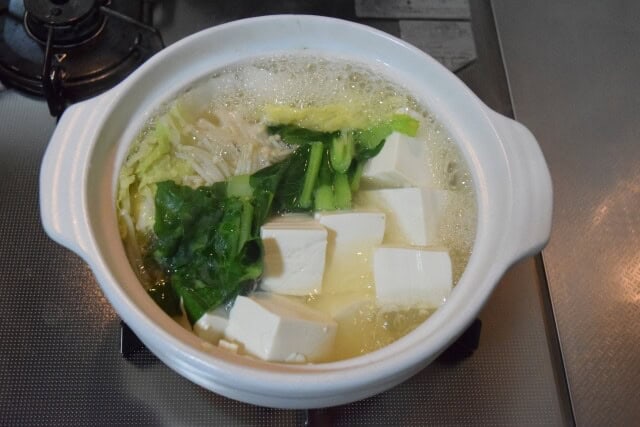
If you are looking for a good restauran in Kyoto that serve delicious Yudofu, we would like to recommend Okutan Shimizuten. Founded in 1935, “Okutan Shimizuten” has inherited its history without changing the taste or atmosphere. You can enjoy your meal while gazing at the 600 tsubo-wide garden where you can enjoy the beautiful scenery of the four seasons. There is a homemade tofu workshop in the basement of this large garden, and the hands of craftsmen make the tofu used in the dishes of the day.
[Kyoto Ramen] Shinpuku Saikan Main Store (新福菜館 本店)
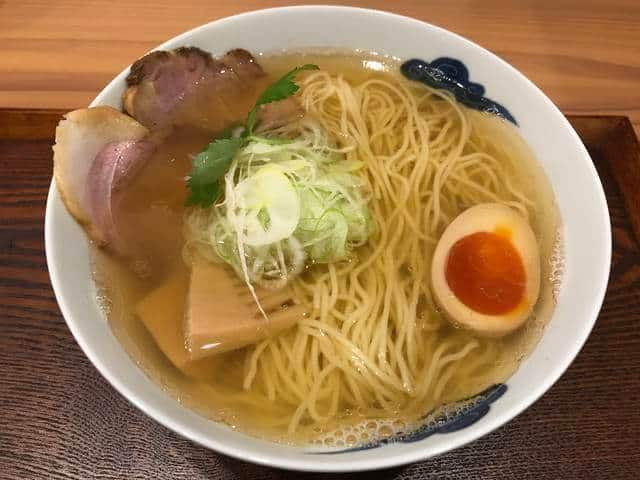
When you travel anywhere in Japan, we recommend you try ramen of this place as Japanese ramen might be different depending on the region. Speaking of Kyoto ramen, Shinpuku Saikan Main Store is one of the best choice. In 1938 Mr. Xu Yongbao from Zhejiang Province, China offers Chinese noodles at a food stall. This is the beginning of Chinese noodles with dark soy sauce at “Shinpuku Saikan Main Store”. The toppings are char siu and Kujo green onions. A secret sauce soup made by blending dozens of ingredients with rich soy sauce using chicken and pork. It is not as dark as it looks and has a mild taste and richness.
[Mitarashi Dango] Mejiro Shimura (目白志むら)
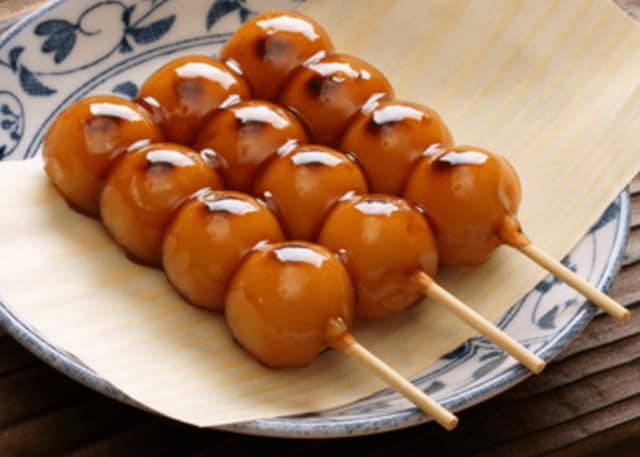
As we stated before, Mitarashi Dango is an inconic sweet of Kyoto. If you want to eat it, try Mejiro Shimura. Founded in 1939 (Showa 14), this Japanese sweets shop is famous for its famous Mejiro confection, ‘Tsukumochi’. The sweet shop in Mejiro has a tea room that you can enjoy as a restaurant, and is widely loved by the locals. There are so may types of interesting and delicious dango here so do not hesitate to put this place in your list!
[Gyokuro] Kosoan Jiyugaoka (古桑庵)
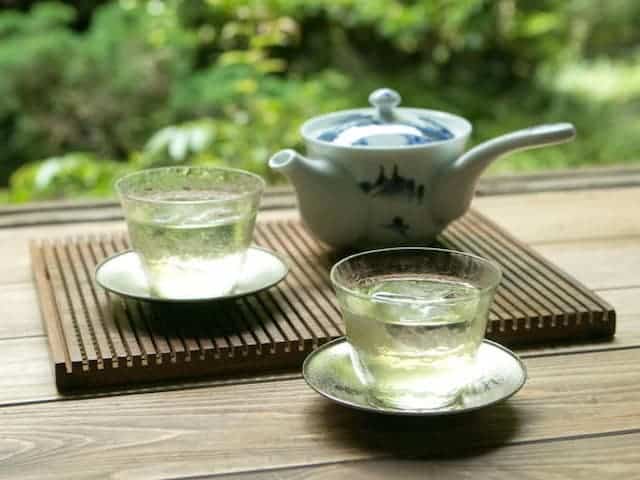
Kosoan Jiyugaoka is the best place to enjoy Gyokuro, a specialty of Kyoto. It is a stunning traditional Japanese style with peaceful atmosphere in Meguro city of Tokyo. You can drink tea in a tatami in the private house with charming view of the garden. This is the have-to-try experience if you are a lover of Japanese culture, especially chado (茶道).
Unmissable Dishes and Restaurants in Kyoto 2024
Gion Bengara
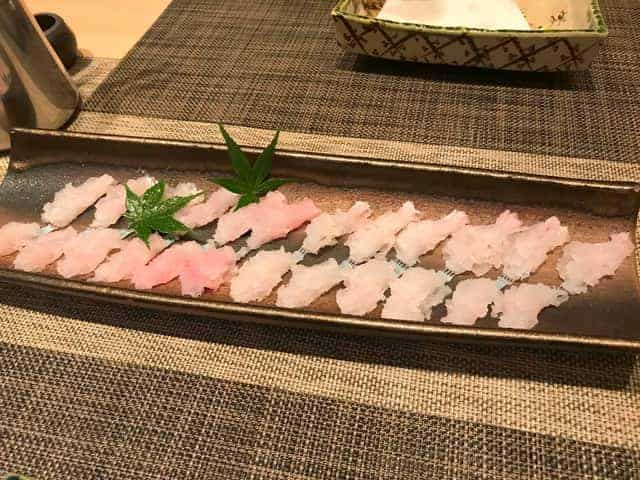
Gion Bengara offers an unparalleled dining experience, serving traditional Kyoto-style kaiseki cuisine in the opulent setting of a former teahouse. Nestled in the heart of Gion, this restaurant transports diners to a bygone era with its charming ambiance and meticulous attention to detail.
Their kaiseki menu is a carefully curated selection of seasonal dishes that showcase the best of Kyoto’s culinary heritage. From the lightest of appetizers to the most expertly prepared sashimi and flavorful grilled dishes, each course is a work of art, both visually and gastronomically.
Gion Bengara is a hidden gem that offers an authentic kaiseki experience without the hefty price tag often associated with this type of cuisine. The restaurant’s warm hospitality and commitment to quality have earned it a loyal following among locals and tourists alike, and it’s easy to see why! And there’s more! Gion Bengara also features seasonal specialties like hamo (pike conger eel) hot pot, so you can enjoy a fresh and exciting experience with each visit.
Bakery uki
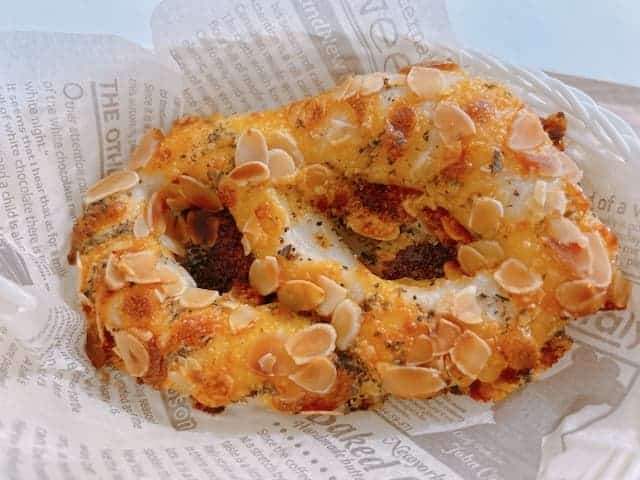
Bakery uki is a charming artisan bakery tucked away in a renovated traditional house near Jingu-Marutamachi Station in Kyoto. Serving a wide variety of handcrafted breads and pastries, Bakery uki has become a local favorite, attracting long lines of eager customers.
The bakery’s popularity stems from its commitment to using high-quality ingredients, unique flavor combinations, and meticulous baking techniques. Their breads are not just delicious, but also visually appealing, often featuring eye-catching shapes and textures.
From savory options like the “Almond and Cheese Snack Bread” to sweet treats like the “Peanut Butter and Strawberry Jam Bread,” each item on the menu showcases the bakery’s creativity and passion for breadmaking. Seasonal specials,like the “Hazelnut and Gruyère Cheese” bread, add an element of surprise and keep customers coming back for more.
Bakery uki’s cozy interior and the enticing aroma of freshly baked bread create a warm and inviting atmosphere. Despite its small size, the bakery’s dedication to quality and innovation has made it a must-visit destination for bread lovers in Kyoto.
enyuan kobayashi
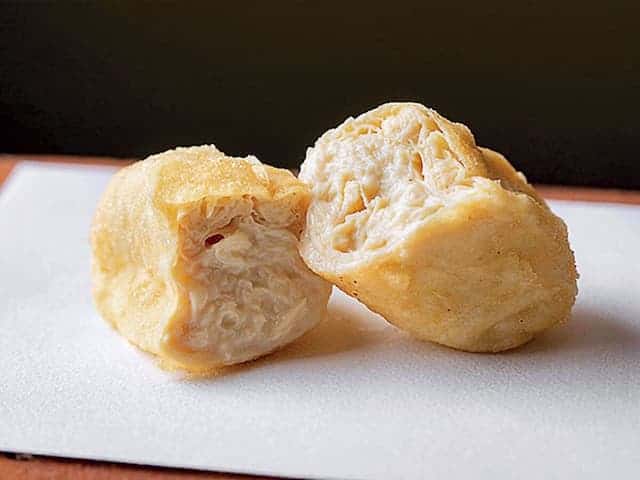
If you’re a tempura fan, you’ll absolutely love Enyuan Kobayashi in Kyoto! This amazing restaurant offers a totally innovative take on this traditional Japanese cuisine. You’ll find this amazing restaurant right in the heart of Gion. The elegant ambiance is the perfect setting for a culinary journey through the freshest seasonal ingredients!
What makes Enyuan Kobayashi truly special is Chef Noriyuki Kobayashi’s unwavering commitment to using only the freshest, locally-sourced ingredients and his masterful frying technique, which results in tempura that is both delicate and bursting with flavor! The restaurant’s Michelin star is a shining testament to his incredible culinary mastery!
But that’s not all! Enyuan Kobayashi also offers a multi-course tasting menu that showcases the best of Kyoto’s culinary traditions. You’ll get to enjoy seasonal soups, artistic hassun appetizers, and fresh sashimi, all complementing the star attraction. This incredible combination of flavors and textures has earned the restaurant a loyal following and critical acclaim, and it’s easy to see why!
If you’re a tempura fan or just looking for a one-of-a-kind culinary adventure in Kyoto, Enyuan Kobayashi is the place to be! This is where you’ll find the best of Japanese cuisine, served up in a way that will blow your mind!
Takeaway
Kyoto’s cuisine is a tasty journey through history. Kyo-ryori is a feast for the senses, showcasing the freshest seasonal ingredients. From delicate multi-course meals to hearty winter warmers, every dish tells a story of Kyoto’s rich heritage. Kyoto’s vibrant food scene promises an unforgettable adventure. Come explore the city’s hidden culinary gems and discover why Kyoto cuisine is a true reflection of its soul.
Click here to find your favourite dishes of Kyoto.
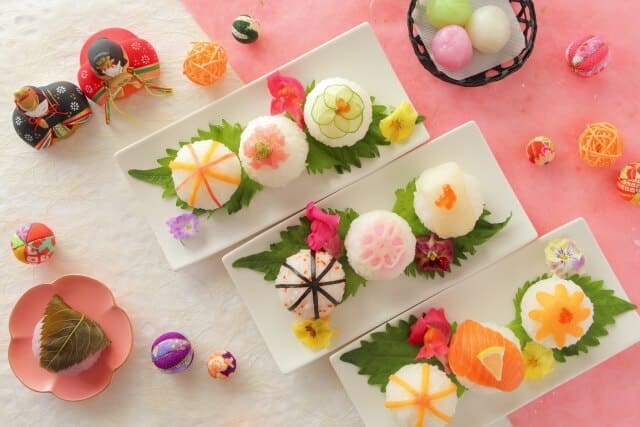
Temari sushi (手毬寿司), also known as temarizushi, are round sushi rice balls that have decorative toppings including sashimi, vegetables, seaweed, and fish ro…
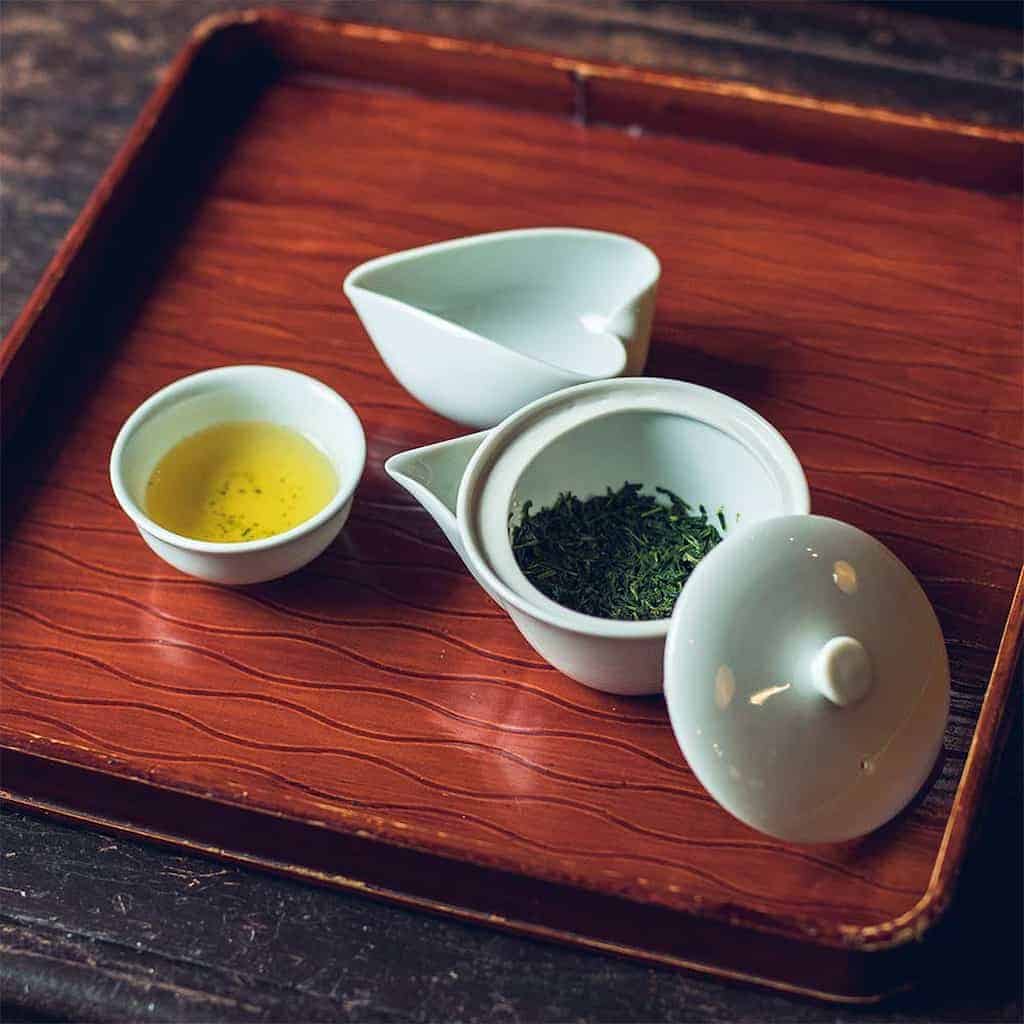
Gyokuro (玉露) is a type of high-end shaded green tea products among Japanese traditional tea. Gyokuro is considered as a type of sencha.
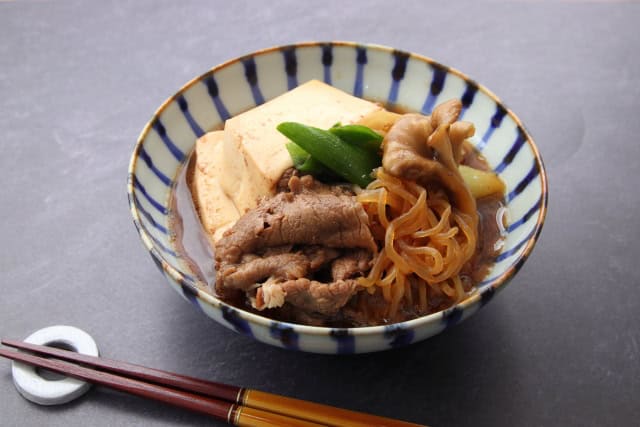
Have you ever heard of Niku Tofu ( simmered beef and tofu )? This popular Japanese dish combines the delicate flavors of tofu and meat in a savory broth that wi…